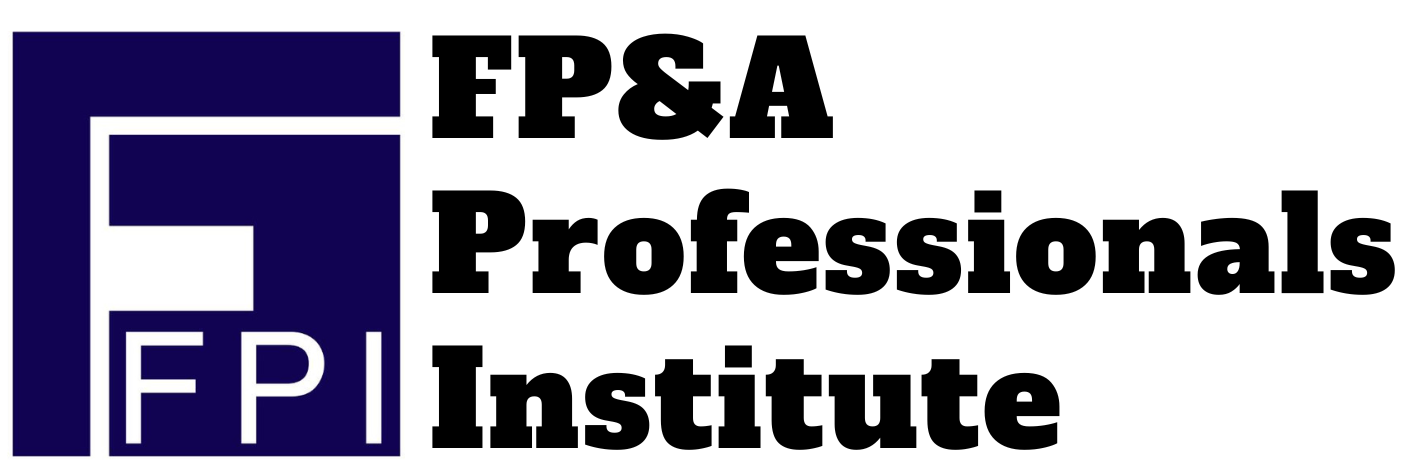
As the FP&A function continues to evolve, it is essential for financial professionals to stay up to date on the latest trends. In this article, we will explore nine of the top upcoming trends transforming FP&A . In this series of articles we’ll discuss how these trends are shaping the FP&A function and what finance professionals should do to prepare.
-
More emphasis on real-time data and forecasting: By using advanced financial modeling techniques and tools, FP&A professionals can help their organizations make better informed business decisions by using real-time data.
-
Increased use of BI tools and data analytics to improve decision-making: Identifying the key business questions business wants to answer through BI and data analysis. This will help them focus on the most important problems and opportunities, and prioritize their efforts.
-
Adoption of agile FP&A methodologies: Adopting agile methodologies can help FP&A teams become more effective and adaptable by embracing continuous improvement, encouraging flexibility and adaptability, prioritizing business value, and using agile tools and techniques. Read Agile FP&A : Trend #1 Transforming FP&A
-
Greater focus on scenario planning and risk management: Scenario planning is a process that involves identifying and analyzing potential future outcomes for the organization. Risk management is the process of identifying, assessing, and mitigating risks that could impact the organization. By focusing on risk management and scenario planning, FP&A can provide valuable support and insights to the organization to help it achieve its strategic goals.
-
Expansion of the FP&A role beyond traditional financial analysis to include strategic planning and business partnership.
-
Integration of sustainability and environmental, social, and governance (ESG) factors into financial planning.
-
Use of automation and machine learning to streamline processes and improve efficiency
-
Greater use of visualizations and dashboards to communicate financial information
-
Collaboration with other departments and functions to drive business value.
In conclusion, the FP&A landscape is continually evolving, with new trends emerging to help finance departments become more agile and efficient. We have highlighted nine of the most important trends that are transforming the way FP&A operates. By understanding these trends and how they will affect the profession, FP&A professionals can take advantage of their full potential.
